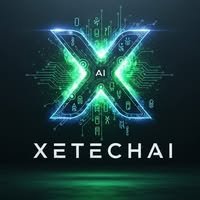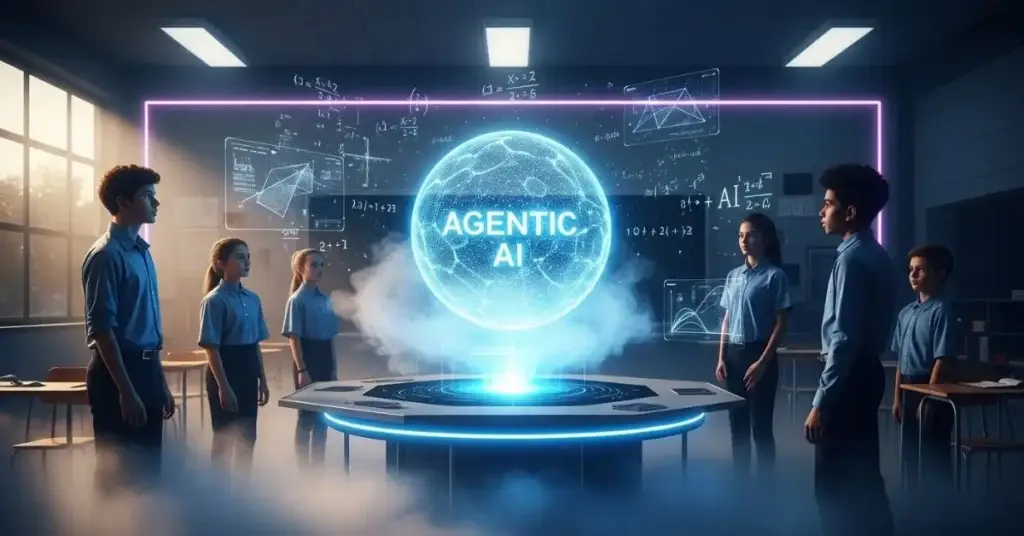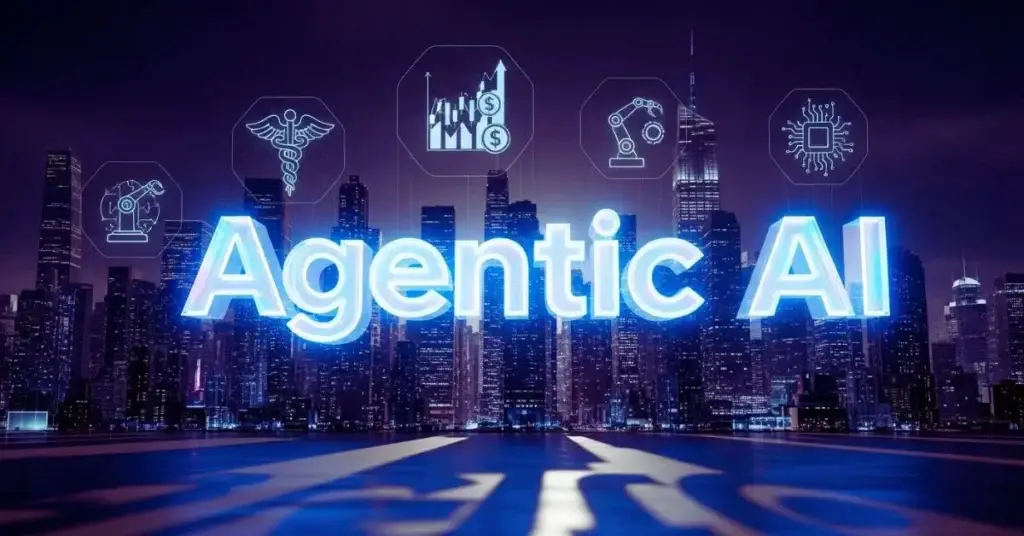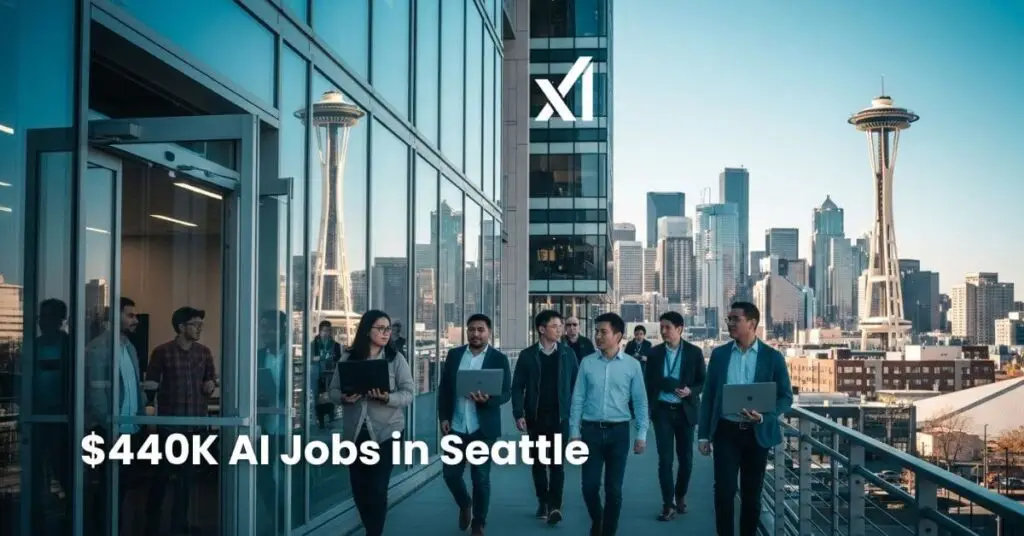
Elon Musk’s xAI launched a Seattle engineering hub with up to $440,000 salaries. This high-stakes move signals xAI’s intent to compete aggressively for top AI talent, deepen ties to Microsoft’s cloud, and push its multimodal research agenda forward.
TL;DR
xAI announced a new Seattle engineering hub with job postings showing salaries between $180K and $440K. The hires focus on multimodal AI (image/video generation and GPU/kernel work). This expansion strengthens xAI’s proximity to Microsoft Azure and Seattle’s talent pool accelerating a regional talent war that already includes OpenAI and Anthropic.
What Happened? (Quick Facts & Summary)
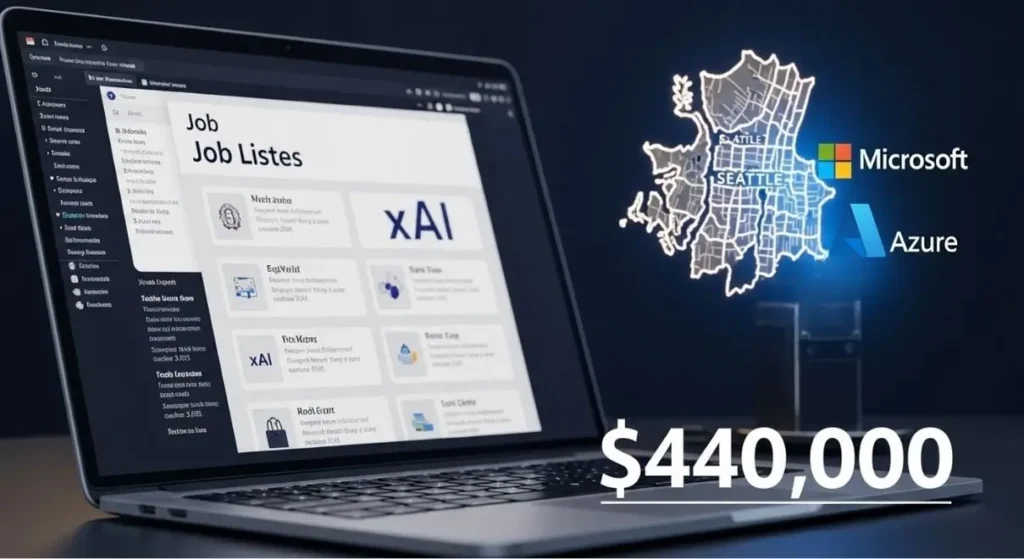
- Elon Musk’s AI startup, xAI, has quietly started hiring in Seattle, and the salaries are jaw-dropping. Job postings reveal pay packages from $180K all the way up to $440K, showing just how aggressively xAI wants to attract top AI engineers.
- Roles appear focused on image and video generation and GPU/kernel development, which signals that xAI prioritizes multimodal model work and inference efficiency.
- The Seattle expansion places xAI near Microsoft’s primary engineering and cloud operations, underscoring ties to Azure (which hosts parts of xAI’s stack).
These are the core, verifiable facts. Below, we analyze what the job listings and the move mean, what competitors missed in their reporting, and how engineers, investors, and local stakeholders should interpret the development.
Why Seattle? Strategic reasoning and local advantages
Seattle checks several strategic boxes:
- Talent concentration: Seattle and the Pacific Northwest host deep pools of machine-learning engineers and infrastructure experts (Microsoft, Amazon, startup ecosystem).
- Cloud proximity: Microsoft Azure’s region footprint and engineering base make Seattle attractive for teams that need tight integration with cloud infrastructure and low-latency access to enterprise customers.
- Cost & ecosystem balance: Compared with the Bay Area, Seattle offers a strong technical talent pipeline (University of Washington, research labs) with slightly different cost dynamics and corporate partners. (Local pipeline inference supported by regional tech reporting.)
What the job postings actually imply (technical read)
Although headlines report salary ranges, the job descriptions tell a deeper story:
Key technical signals from roles
- Multimodal priorities: The mention of image and video generation points to investment in models that handle visual streams, not just text. That implies work on:
- Video transformers and temporal modeling.
- Diffusion and generative pipelines adapted for high-resolution frames.
- Real-time inference and streaming architectures.
- GPU/kernel work: Jobs emphasizing GPU kernel optimization suggest xAI wants to squeeze more performance per dollar from hardware, optimizing throughput for training and inference on custom stacks.
- Inference & deployment focus: Combining multimodal models plus kernel dev indicates a pipeline from research to production (fast model iteration + efficient hosting).
Why this matters: Multimodal and kernel engineering work is capital-intensive and talent-intensive, and it’s precisely where high compensation packages move the needle for hiring top specialist engineers.
Compensation: headline range vs. real total comp

What competitors reported
Journalists flagged the $180K–$440K range for Seattle engineering roles. That headline is accurate but incomplete.
- Base vs equity vs bonus split: Headlines rarely break out on how much base salary vs stock/equity or performance bonuses are. Headline salaries often combine base + sizable equity grants in high-growth AI companies. (Estimate and reasoning below.)
- Market comparisons: A higher-level breakdown comparing xAI offers to top-market roles at OpenAI, Anthropic, Microsoft, and major FAANG research groups provides helpful context for candidates. Earlier reporting mentioned comparative peaks at other firms, but didn’t give an easy-to-read table.
Practical compensation anatomy (how to interpret $440K)
- Base salary: Likely ranges from $180K to $300K, depending on role seniority and market.
- Equity & RSUs: High total-comp positions typically add significant equity especially for companies positioning themselves to compete with scale-ups. Equity could represent the difference between a $250K base and a $440K total comp.
- Sign-on & relocation: For key hires, sign-on bonuses, relocation packages, and visa support (if applicable) are common.
Recommendation for candidates: Ask for a full total-comp breakdown and vesting schedule. For recruiters and bloggers: present hypothetical total-comp scenarios to help readers understand real buying power.
Competitive salary context (how xAI stacks up)
High compensation at xAI is competitive but not necessarily market-leading at absolute peaks:
- Reports show OpenAI and Anthropic can offer total comp that sometimes exceeds the headline xAI cap in specialized offers, though those offers vary by role and equity structure. xAI’s $440K headline is competitive enough to attract many senior engineers, especially when paired with mission, equity, and perks.
Why readers care: Comparisons help engineers decide whether to interview, and investors understand burn vs talent quality tradeoffs.
Strategic implications: Colossus, Azure ties, and government contracts
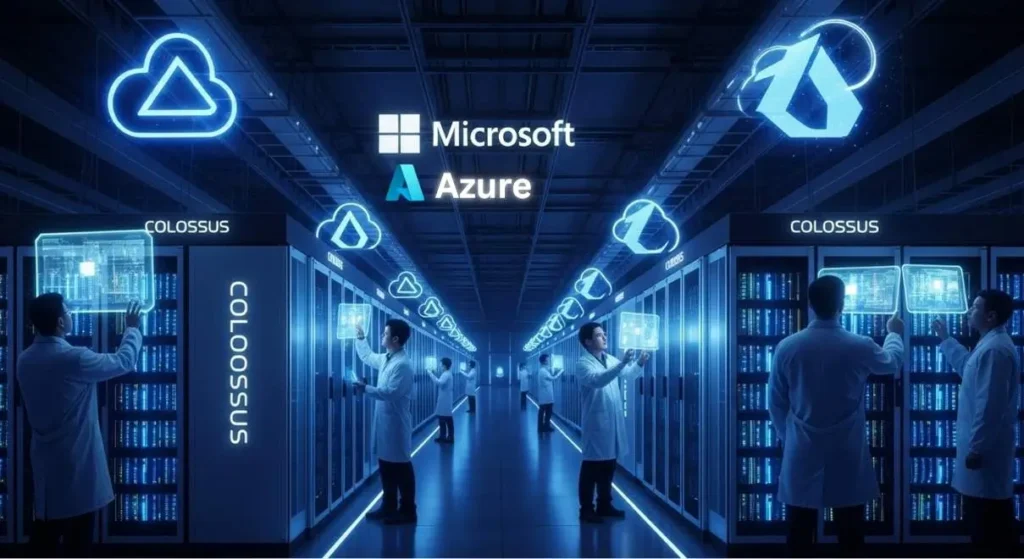
Colossus & scale
xAI’s ambitions are not solely local hiring; they tie into supercomputing ambitions (Colossus) and large-scale model training. A Seattle engineering hub supports distributed R&D and production optimization for large workloads.
Microsoft/Azure relationships
- Proximity to Microsoft helps operational synergy for a company running a substantial cloud or hybrid infrastructure. Earlier reporting connects xAI’s product deployments to Azure in meaningful ways. This proximity is both technical and political: Microsoft is a partner and a strategic competitor in cloud AI.
Government & enterprise contracts
xAI’s growth also has public sector angles. An earlier report cites contracts and government interest that could shape hiring and product roadmaps, a Seattle hub positions xAI better for enterprise engagements across the West Coast and inland government customers.
How engineers, students, and local stakeholders should respond
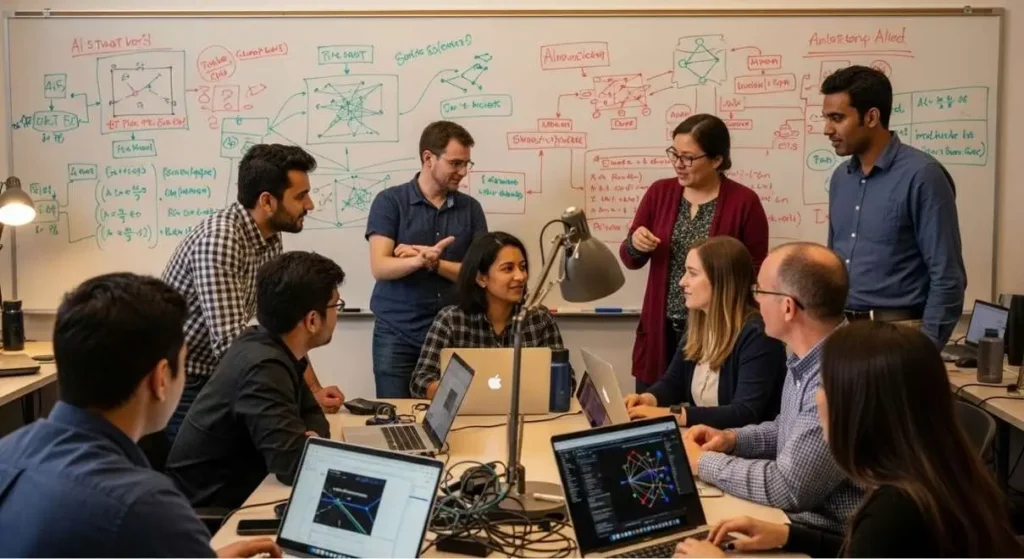
For AI engineers
- Update your portfolio with multimodal projects (image/video models + performance optimizations).
- Highlight kernel/low-level work if applying for GPU/kernel roles.
- Ask for total-comp details during interviews equity and vesting matter.
For students & universities
- Capitalize on internship pipelines: UW and other programs should frame multimodal labs and systems courses to align with these roles.
- Career centers: Host panels with industry practitioners about video model workloads and infrastructure.
For Seattle ecosystem & policymakers
- Partner with companies to offer retraining programs; maintain affordability to retain talent.
- Energy & permits planning: Large AI infrastructure requires predictable energy and permitting frameworks.
Risks & uncertainties to watch
- Retention risk: High salaries attract talent, but culture, mission, and growth trajectory drive retention. Recent leadership churn in startups can amplify these risks.
- Regulatory headwinds: As xAI grows, expect more regulatory scrutiny from data privacy to national security vetting for specific contracts.
- Capital intensity: Building and running Colossus and scaling multimodal models demands that capital investors monitor growth-to-burn ratios.
- Competitive counter-moves: Competitors may respond with even higher packages or localized hiring pushes (Seattle, Bay Area, Toronto).
Conclusion
Elon Musk’s xAI launches Seattle engineering hub with salaries up to $440,000, an aggressive play for multimodal engineering talent that tightens xAI’s operational ties to Azure, supports its Colossus ambitions, and escalates the West Coast AI talent war.
This is a moment to prepare for engineers, investors, and the Seattle ecosystem: sharpen multimodal and GPU-level skills, demand transparent total-comp offers, and track how xAI converts hiring spend into product and research outcomes.
“While Elon Musk’s xAI launches Seattle engineering hub with salaries up to $440,000, recent tech layoffs at Oracle and Salesforce highlight the contrasting trends in the U.S. AI job market, showing how top talent is increasingly shifting to high-growth AI startups.
FAQs about Elon Musk’s xAI Seattle Engineering Hub
1. What is the salary range for xAI engineering roles in Seattle?
Answer: xAI offers salaries ranging from $180,000 to $440,000 in Seattle. Entry-level engineers may start closer to $180K, while senior AI and GPU experts can earn at the higher end of $440K.
2. What types of positions is xAI hiring for in Seattle?
Answer: xAI hires software engineers, research engineers, GPU/kernel developers, and multimodal AI specialists. Job listings highlight image and video generation, large-scale model deployment, and performance optimization. These roles confirm that Elon Musk’s xAI Seattle engineering hub is built to advance multimodal AI and infrastructure efficiency.
3. Why did xAI choose Seattle for its new engineering hub?
Answer: Seattle offers a unique mix of AI talent, cloud infrastructure, and academic research (University of Washington, Allen Institute). Being close to Microsoft’s Azure teams also benefits xAI’s cloud strategy. That’s why Elon Musk’s xAI launched a Seattle engineering hub with salaries of up to $440,000 in a region already known as a tech powerhouse.
4. Is $440K the total compensation or just base salary?
Answer: The $440K figure is total compensation, not base alone. It typically includes base salary, equity, and bonuses. Base might fall between $180K–$300K, while stock and performance pay raise the package higher. When Elon Musk’s xAI Seattle hub advertises $440,000, it signals competitive packages.
5. How do xAI salaries compare to OpenAI, Anthropic, and other AI companies?
Answer: OpenAI and Anthropic sometimes offer packages above $500K for rare roles, but xAI’s $440K total comp is highly competitive. Compared to Microsoft and Google AI labs, it matches or beats most senior positions. This means Elon Musk’s xAI Seattle engineering hub stands in the same league as top AI firms in the USA and Canada.
6. What does xAI’s move to Seattle mean for AI hiring competition in the US?
Answer: It intensifies the AI talent war. Seattle already has Amazon, Microsoft, and AI research hubs. By opening its office here, Elon Musk’s xAI raises salary benchmarks and pressures other employers. The new hub with salaries up to $440,000 could reshape how AI engineers negotiate offers in the US and Canadian markets.
7. Is xAI offering equity, bonuses, or relocation for Seattle engineers?
Answer: Yes. Job listings and industry reports suggest xAI offers equity grants, performance bonuses, and relocation support for senior roles. That’s how Elon Musk’s xAI Seattle engineering hub can justify salaries up to $440,000 while competing with tech giants.
8. How can one apply for Seattle roles at xAI, and what is the interview process?
Answer: Applications are open through the xAI careers page. The process usually includes:
- Resume + portfolio review
- Technical screening (coding, AI fundamentals)
- On-site or virtual interviews on system design and multimodal AI
- Final round with leadership
This is how Elon Musk’s xAI Seattle hub selects talent worthy of its $440,000 salary range.
9. What technical skills do Seattle xAI jobs require?
Answer: Core skills include Python, CUDA, GPU kernel optimization, distributed systems, machine learning frameworks, and multimodal AI (image/video). Candidates with open-source contributions or prior large-scale AI experience have an edge. That’s why Elon Musk’s xAI Seattle engineering hub lists these skills to match its salary promise of up to $440,000.
10. Will xAI sponsor visas (like H-1B) for international engineers in Seattle?
Answer: Yes, but selectively. Like most AI startups, xAI may support H-1B and O-1 visas for high-demand candidates. Visa sponsorship ensures access to global talent pools. With salaries up to $440,000, Elon Musk’s xAI Seattle hub is an attractive option for both U.S.-based and international engineers.
